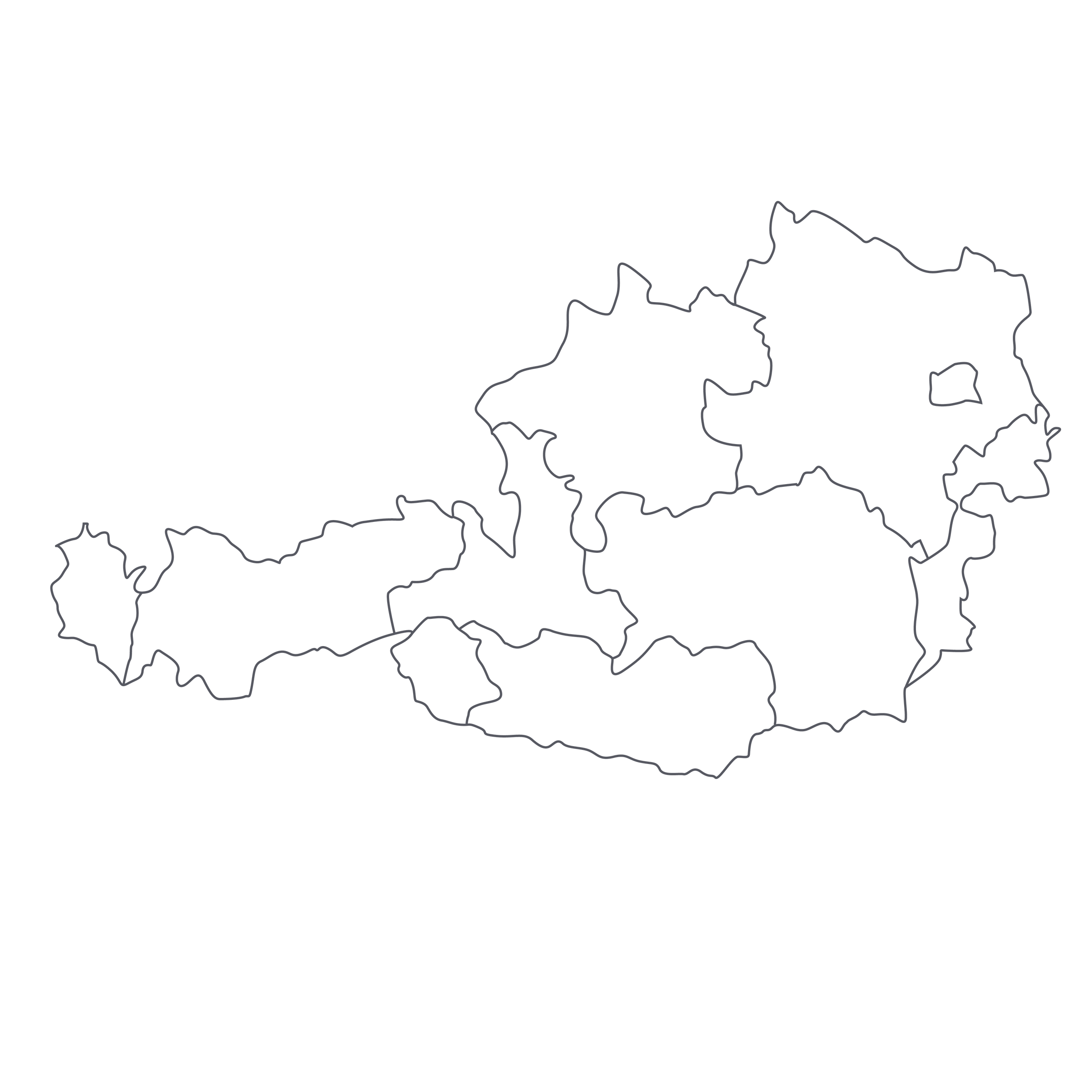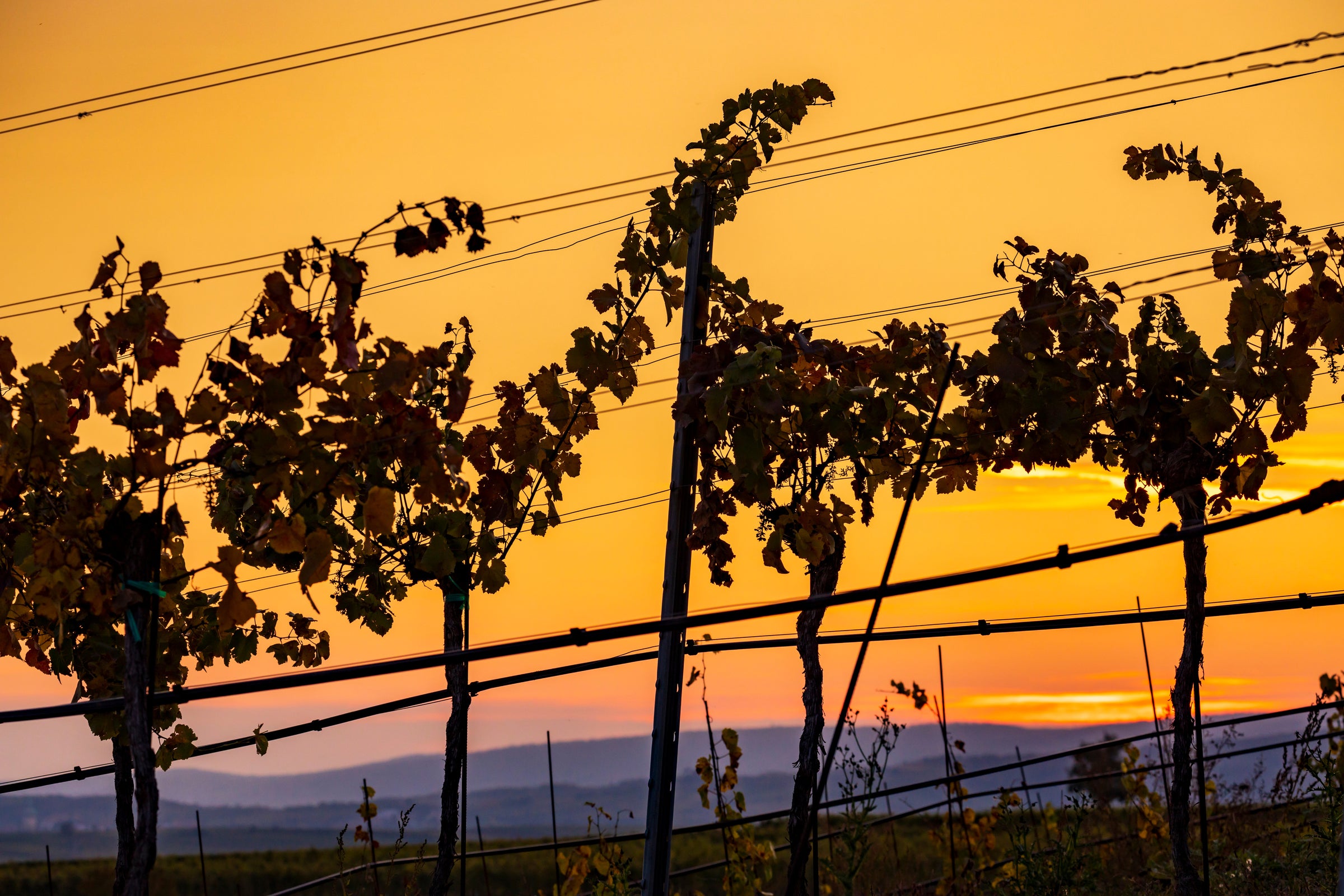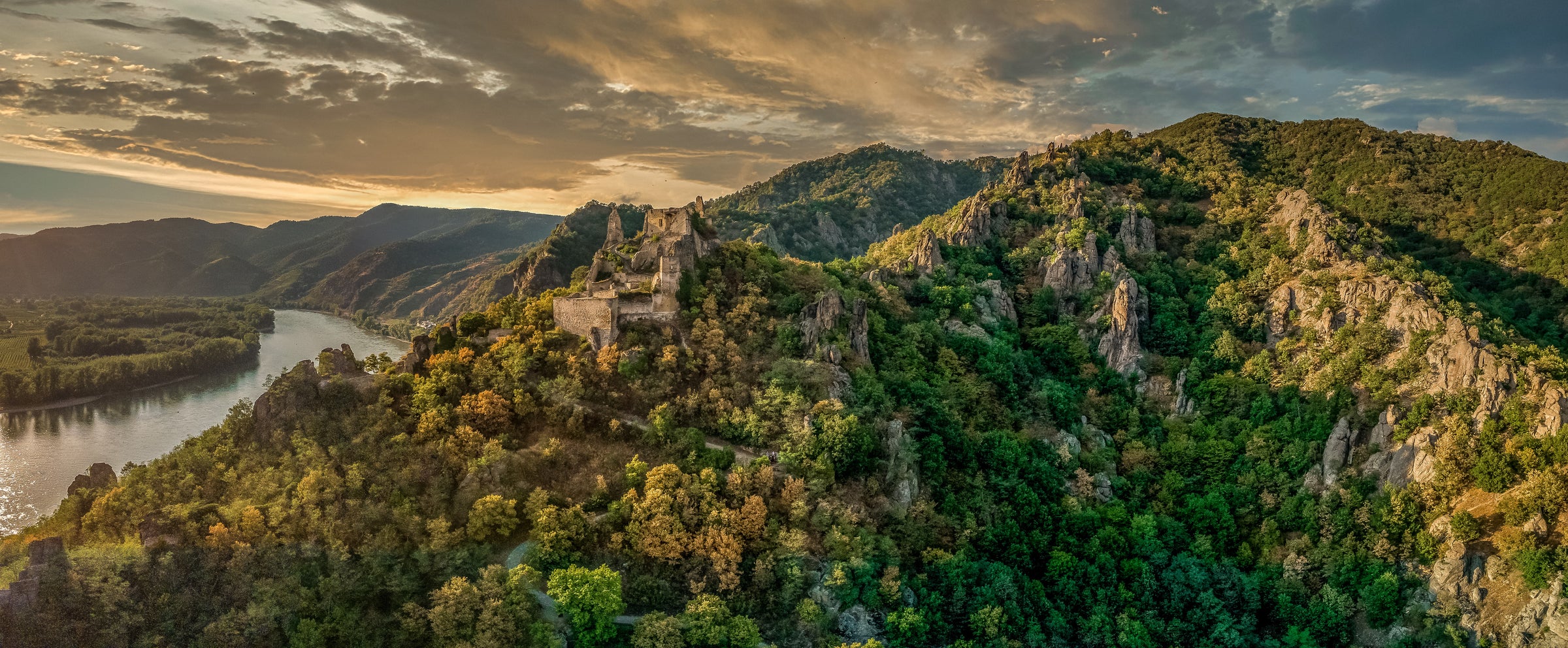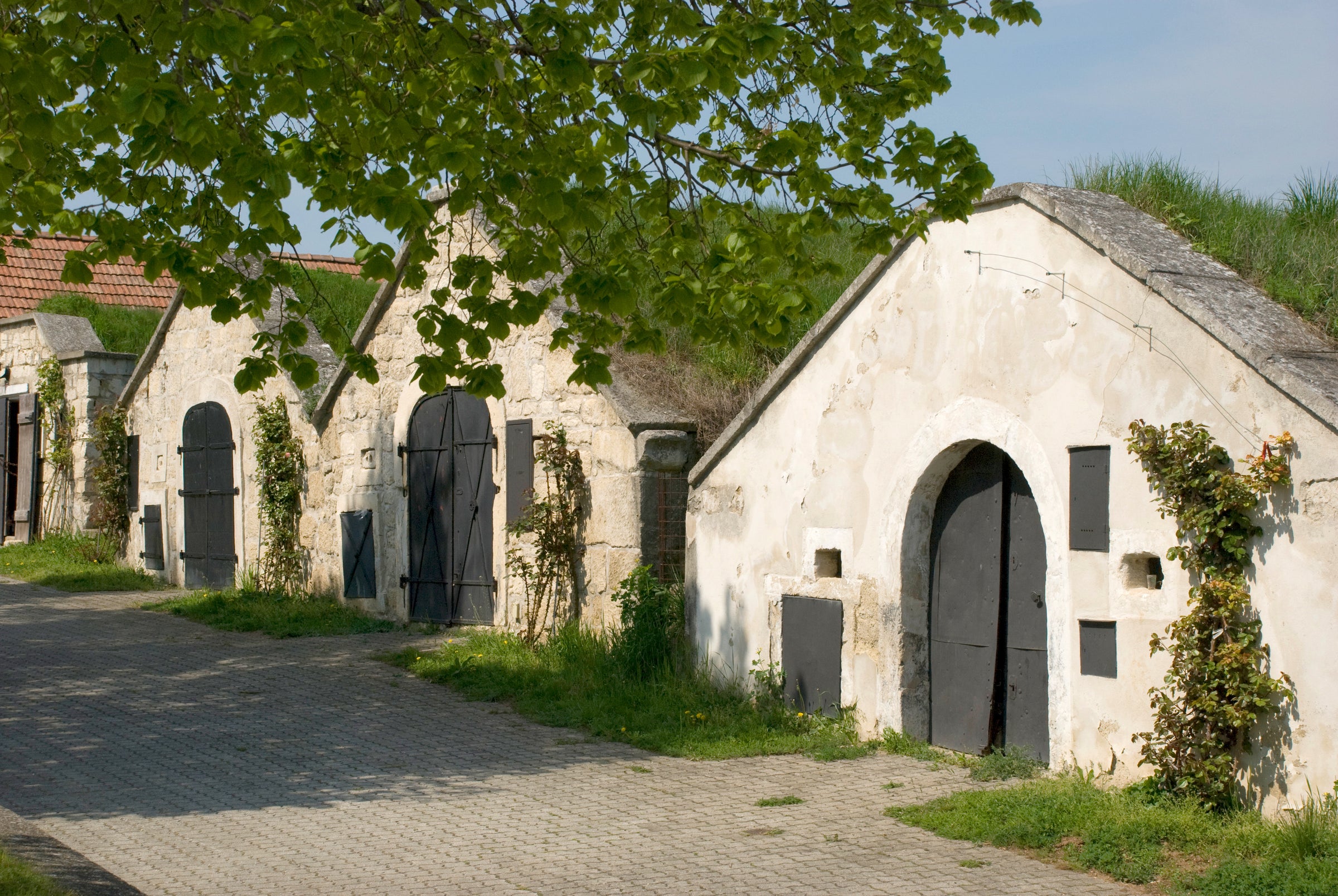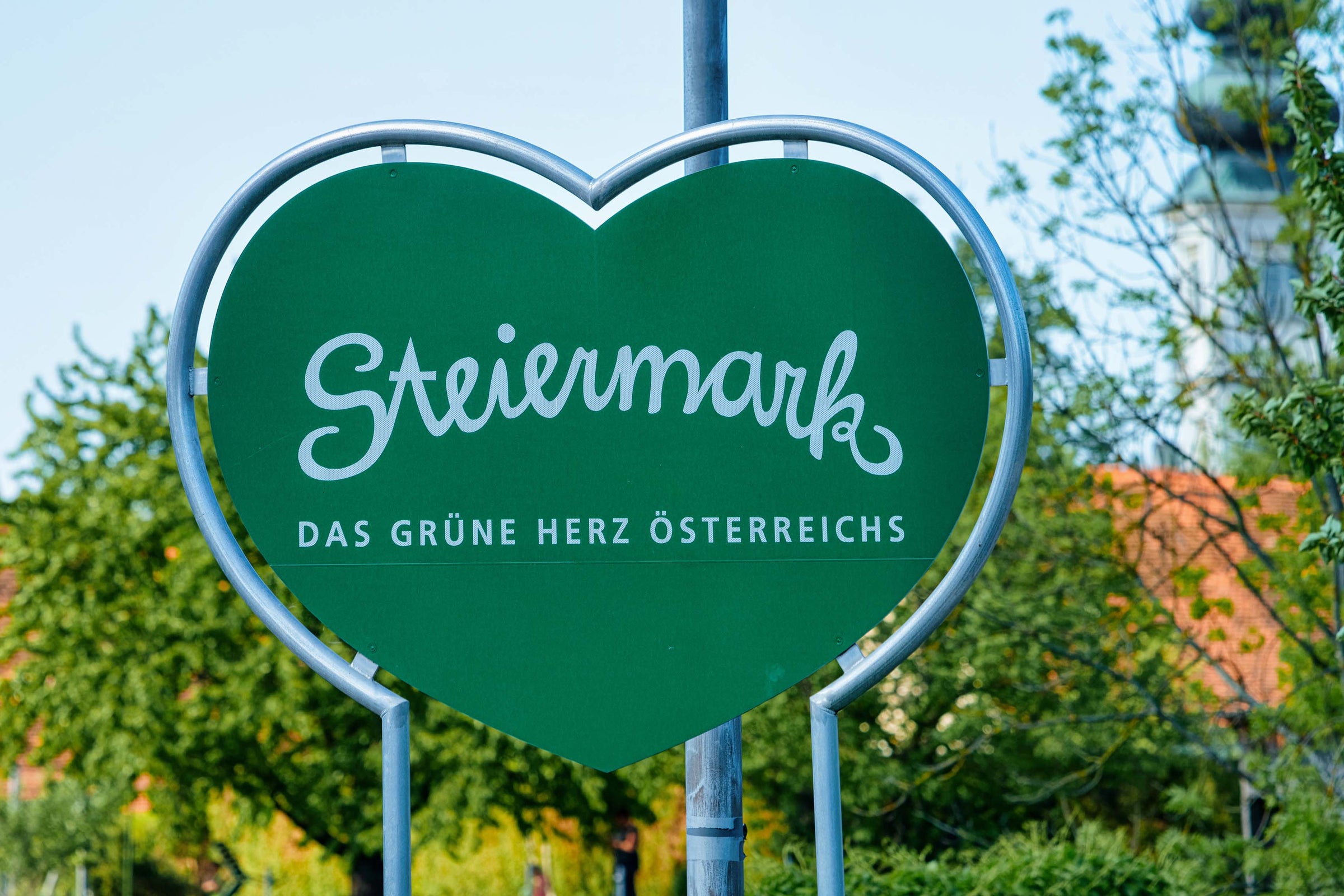Each year, Erwin Poller brings in-the-know European buyers a small trove of wines from his treasured terroir, and they’re generally whittled down to a handful of cases before arriving stateside. Today’s 2020 marks the third consecutive vintage of “Vom Löss” that we’ve lucked into and, for all new subscribers, I know what you’re thinking—that this bizarre bottle looks as if it crawled out of the vineyard or was exhumed from the very earth itself. But what you see on the painstakingly applied label is one of the wine world’s most treasured soils, loess, and what’s inside is a deliciously ripe, mineral-infused, masterfully concocted blend of Sauvignon, Muskateller, and Traminer.
No, it’s not a Grand Cru, nor is it a “unicorn wine,” but my infatuation for Austrian wine is boundless, and I pride myself on securing top “insider” producers that expertly avoid mainstream media. I’m talking about the wines you have to have to nudge sommeliers for, wines that are hiding in plain sight at trendy wine bars—wines exactly like Der Pollerhof’s “Vom Löss. It’s organic, produced in the smallest of quantities, loaded with flavor, and guaranteed to turn heads. Up to 12 bottles per person, which still won’t be enough after experiencing the pure, multi-dimensional pleasure of that first sip.
Considered by most to be the oldest growing zone in Austria, Weinviertel is also, geographically, the largest in the country. While the “big three” appellations of Kremstal, Kamptal, and the Wachau are situated roughly an hour northwest of Vienna, the Weinviertel covers the vast, northeastern expanse of Lower Austria, stretching from the western border of Slovakia, following the Danube towards the big three, and veering up to the southern border of Czechia. Its name, which translates to “wine quarter,” reflects the region’s rich, ancient wine heritage and, according to the Weinviertel DAC website, there are “7,000 years of artifacts to prove it.”
Erwin Poller manages roughly 10 hectares of organically farmed vines, harvests by hand, develops his own yeast for fermentation, and finds some way to apply the region’s signature loess (wind-blown silt) soils onto every bottle of today’s wine. He does this, mind you, almost entirely on his own. I think some of that drive and determination must come from his grandfather, who began exclusively crafting wine in 1920 and selling his wares by literally throwing a barrel on a cart and making a three-day trip to Vienna. Thankfully, there’s no need for barrel toting anymore, otherwise, you wouldn’t ever be privy to today’s extraordinary blend of Sauvignon Blanc (65%), Gelber Muskateller (30%), and a splash of Traminer.
Erwin extracts the precious juices with the gentlest pneumatic press on the market and following a native-yeast fermentation in stainless steel, the resulting wine matures for six months. Then, it was transferred into neutral Acacia wood foudres for 1-2 months to develop additional textures. He calls SB, Muskateller, and Traminer his “aromatics” and one sniff in the glass tells you why: “Vom Löss” explodes with vivid and über-lush aromas of green mango peel, melon skin, gooseberry, nectarine, white peach, tangerine blossoms, grapefruit, candied lime peel, lees, honeysuckle, wild herbs, and finely crushed wet stone. The medium-bodied palate is plushly textured yet bursting with mouthwatering acidity that further animates the citrus and tropical fruits at play. If served in all-purpose stems around 45-50 degrees, it’ll vanish quicker than you’d like so I urge everyone to buy multiple bottles. This is a sensational white wine built for pure, immediate enjoyment. Cheers!
